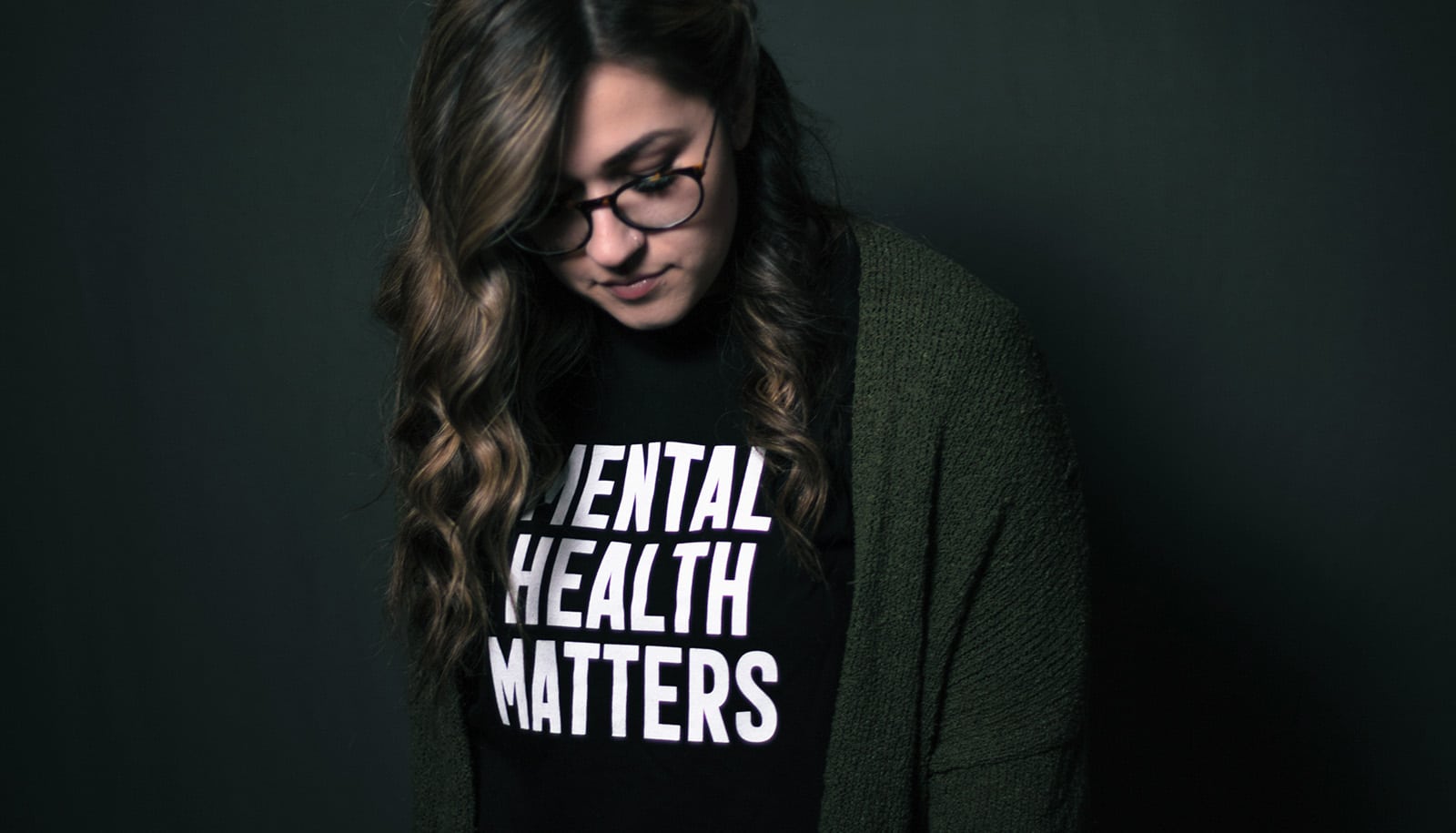A new study links social media use to increased inflammation over time.
The work extends a line of research that has already suggested an association between social media use and inflammation with a rigorous new study that shows that same association over time.
The results published in the Journal of Medical Internet Research raise interesting questions about the nature of social media use and what might be driving a relationship that could be contributing to an alarming range of physical and mental health problems.
“The results showed that the amount of social media use—assessed objectively by a screen-time app—was not only associated with higher inflammation at a single time point, but also increased levels of inflammation five weeks later,” says David Lee, an assistant professor of communication at the University at Buffalo and the paper’s lead author.
“This study adds to the growing amount of evidence pointing to the risks of spending too much time on social media and the domains that are being affected.”
Inflammation is a property of the immune system. There are two types of inflammation.
“Acute inflammation,” like redness possibly surrounding a cut to the finger, congestion that might accompany a cold, or swelling that could result from a turned ankle, represent the body’s response to injury and infection. But substantial evidence shows that “chronic inflammation”—which is the focus of Lee’s work—can also be elevated in response to common experiences such as stress, loneliness, diet, lack of exercise, and lack of sleep.
Chronic inflammation may not be visible in the manner of acute inflammation, but it’s detectable in the blood by measuring levels of the biomarker C-reactive protein.
Chronic inflammation and its long-term effects are linked to cardiovascular diseases, cancer, diabetes, and mental health conditions. Lee’s study is part of a five-year, $2.7 million grant from the National Institute of Mental Health exploring social media use, inflammation, and possible links to depression.
The current paper distinguishes itself from Lee’s earlier work in two ways. It provides the first longitudinal evidence that social media use over an extended time period is possibly responsible for increased inflammation.
“Our initial work looked at the relation between social media use and inflammation at one time point,” says Lee. “But that study didn’t tell us if social media use was driving inflammation or inflammation was driving social media use.
“The design of our current research established temporal directionality, in that social media use turns out to predict higher levels of inflammation subsequently.”
Lee says another contribution of the current paper is that it assesses the effects of social media use, as measured objectively by a screen-time app rather than relying on participants’ memory of how much time spent they spent on social media.
“Studies show that people may not always be accurate in remembering precisely how much time they spent on the various types of social media apps they use daily. This may be problematic if you’re interested in understanding the effects of screen time on social media,” says Lee.
“By using the screen time app, we are more confident about the relation between amount of social media use and inflammation, which is also robust against any survey response errors or bias because it was obtained through the blood.”
Lee’s research team of Tao Jiang, postdoctoral fellow at the Institute of Policy Research; Jennifer Crocker, emeritus professor of psychology at Ohio State University; and Baldwin Way, associate professor of psychology also at Ohio State, recruited 171 young adult participants for the study and established baseline C-reactive protein levels that were compared to another measurement at the conclusion of the observation period. An app measured screen time across four social media platforms: Facebook, Instagram, Snapchat, and X (formerly Twitter).
The increased levels of inflammation observed in study participants hasn’t manifested itself as current health problems, but inflammation in youth can predict the onset of disease later in life, according to Lee.
“The relation between social media use and inflammation presents an intriguing opportunity for future research that might explain why this is happening,” he says. “Given the prevalence of social media use in our daily lives, more research is needed to investigate these potential health effects using diverse methodologies. The next crucial step is to move beyond measures of screen time to really understand how and why social media use can have these effects.”
This project was supported, in part, by the National Center for Advancing Translational Sciences of the National Institutes of Health.
Source: University at Buffalo



